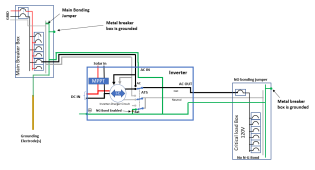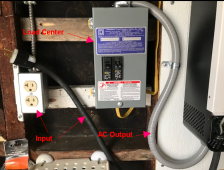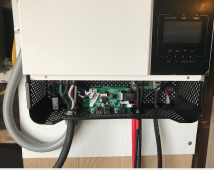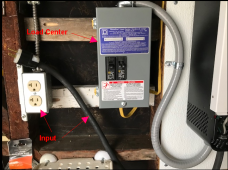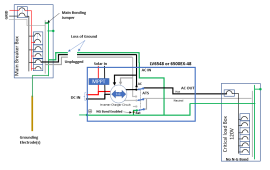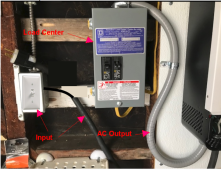FilterGuy
Solar Engineering Consultant - EG4 and Consumers
Wow!!! That statement from Growatt about their own product is obviously wrong. If there was no internal bonding you would never see continuity between neutral and ground.Thanks for your inputs and advice. Happy you figure out what I should not do.
I am not stacking. It is just 1 inverter and a 48V EG4 battery mainly to support my detached garage with washing machine, dryer, garage opener , a freezer, and a refrigerator. It is just a starter project and may expand with another inverter later.
I trust your judgement and analysis.
The following is what Growatt emailed me. The statement is ambiguous to me. Kind like "Yes and No" answer. Didn't he imply "doesn't do internal dynamic bonding" just in bypass mode?
View attachment 98591
Just to be sure: Once you have it set up check the voltage between neutral and ground both when on battery and in pass-through. (Do it without a load on the output of the inverter. You should see no voltage (or very low voltage) if it has a bond in both cases.
Assuming it has the bond in both cases, you can verify there is only one bond by checking for current on the Equipment Grounding Conductor between the Inverter and the main breaker panel (This time do it while there is a hefty load on the inverter). If there is no current on the ground, there is only one bond.



